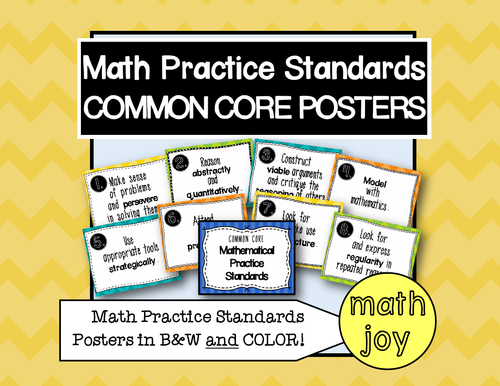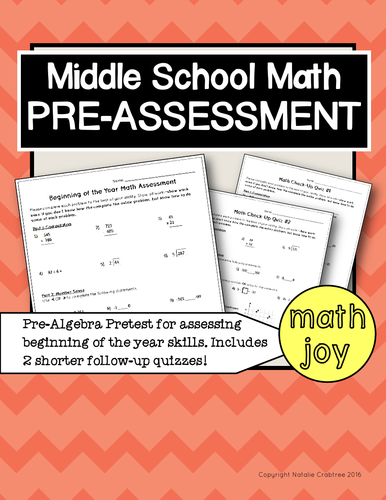Middle Math Joy
After spending 8 years in the classroom teaching Middle School & High School Math, I am currently working from home designing resources for teachers. I love creating fun, interactive learning materials that promote understanding and engagement!




















